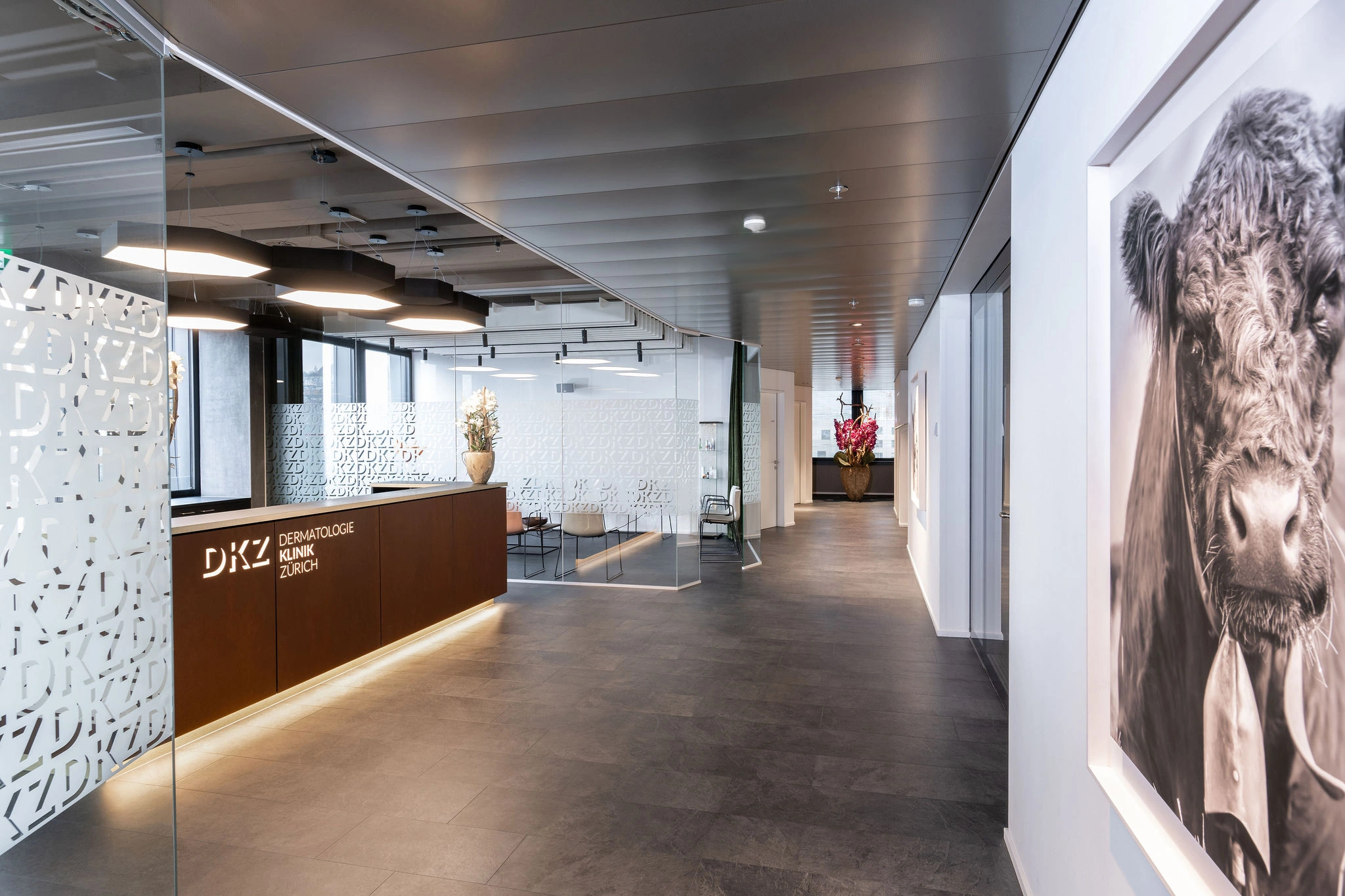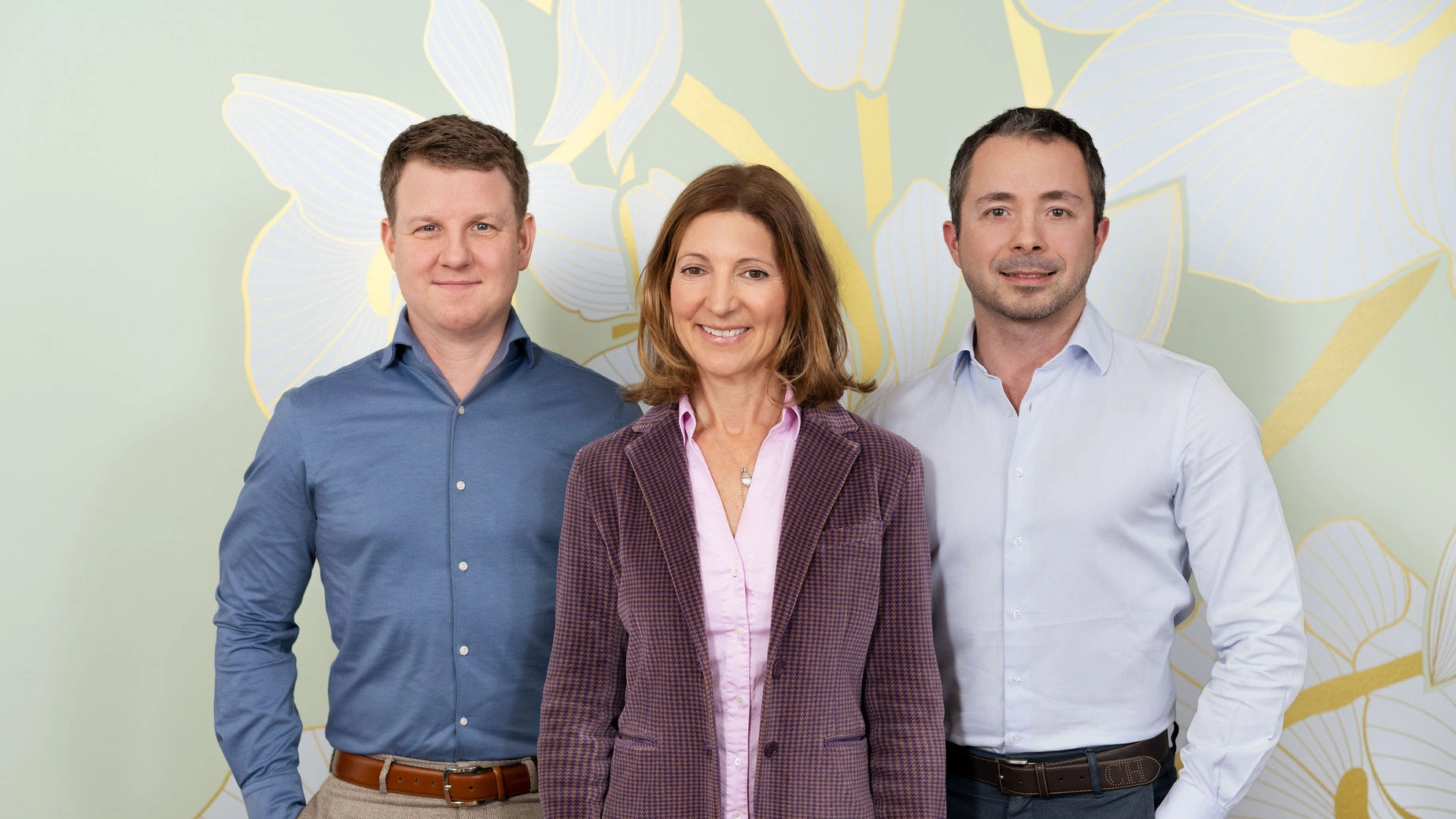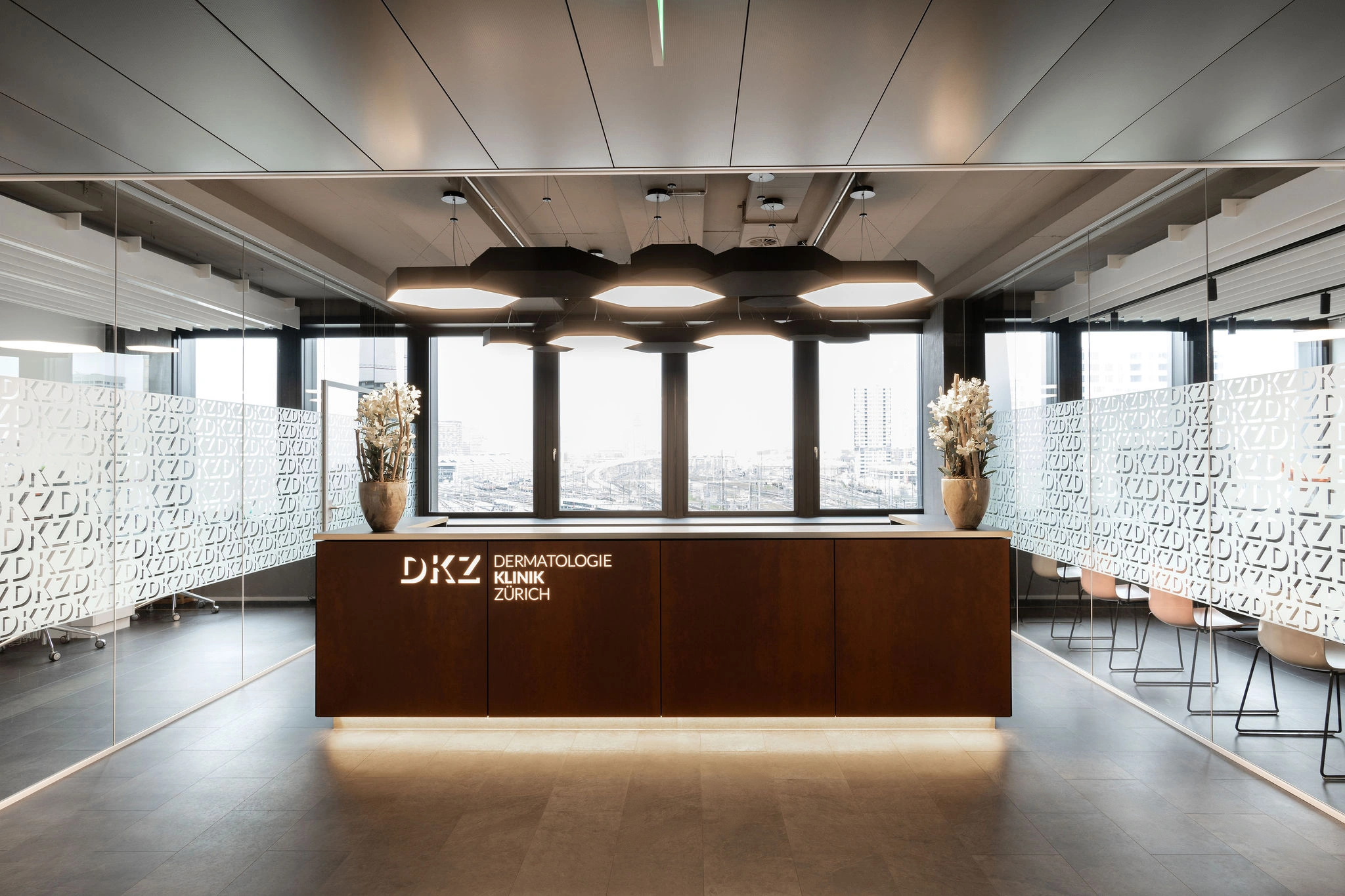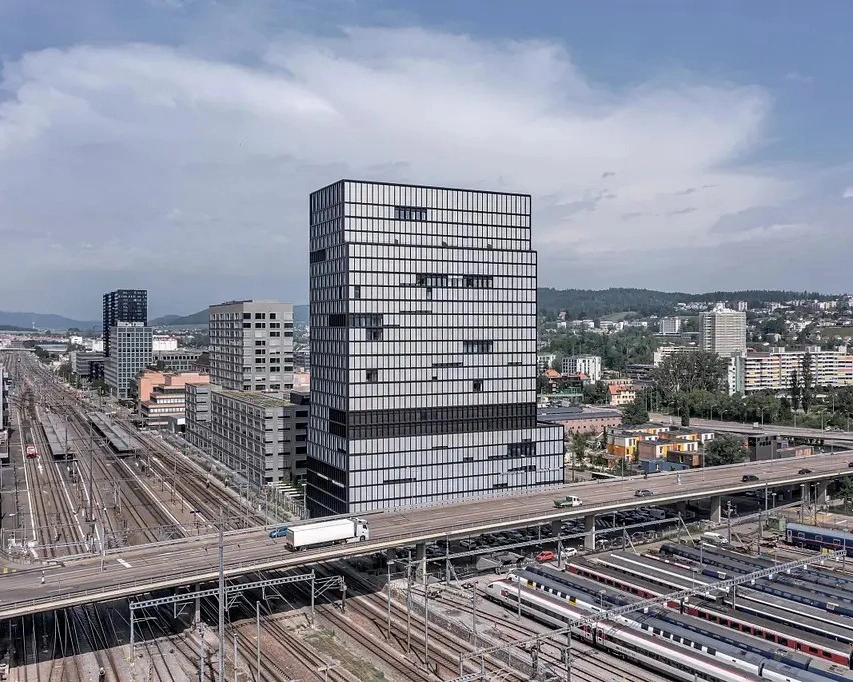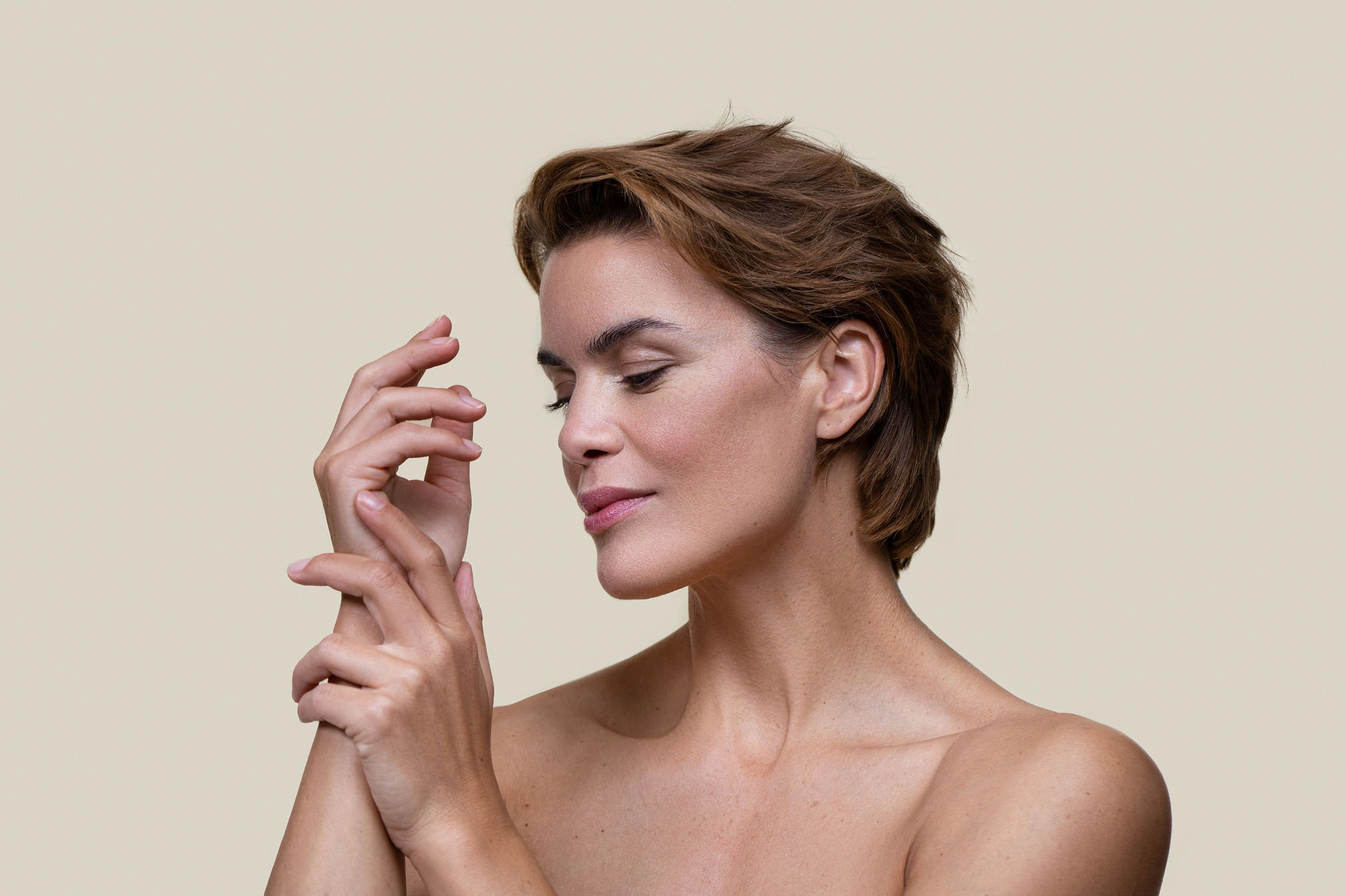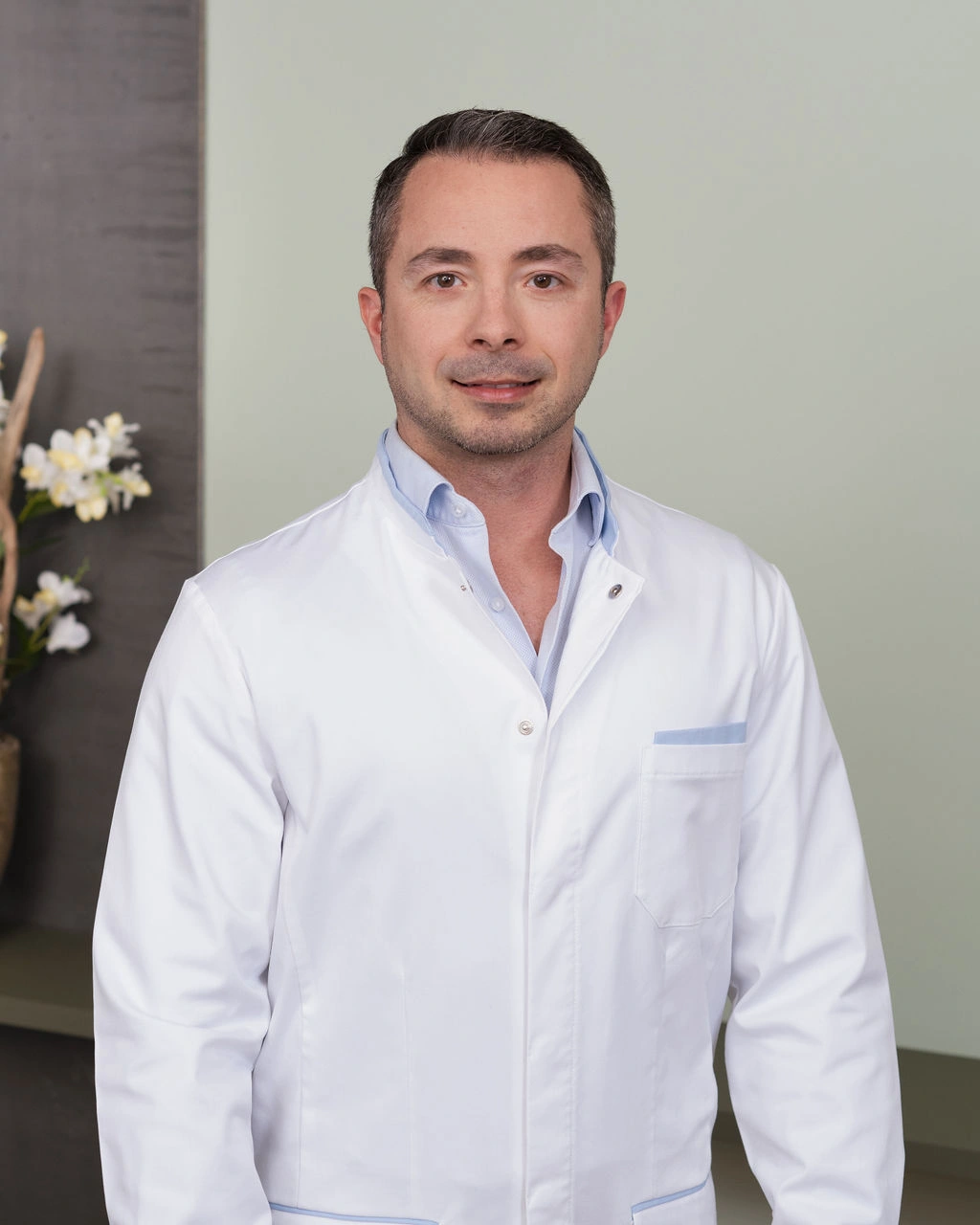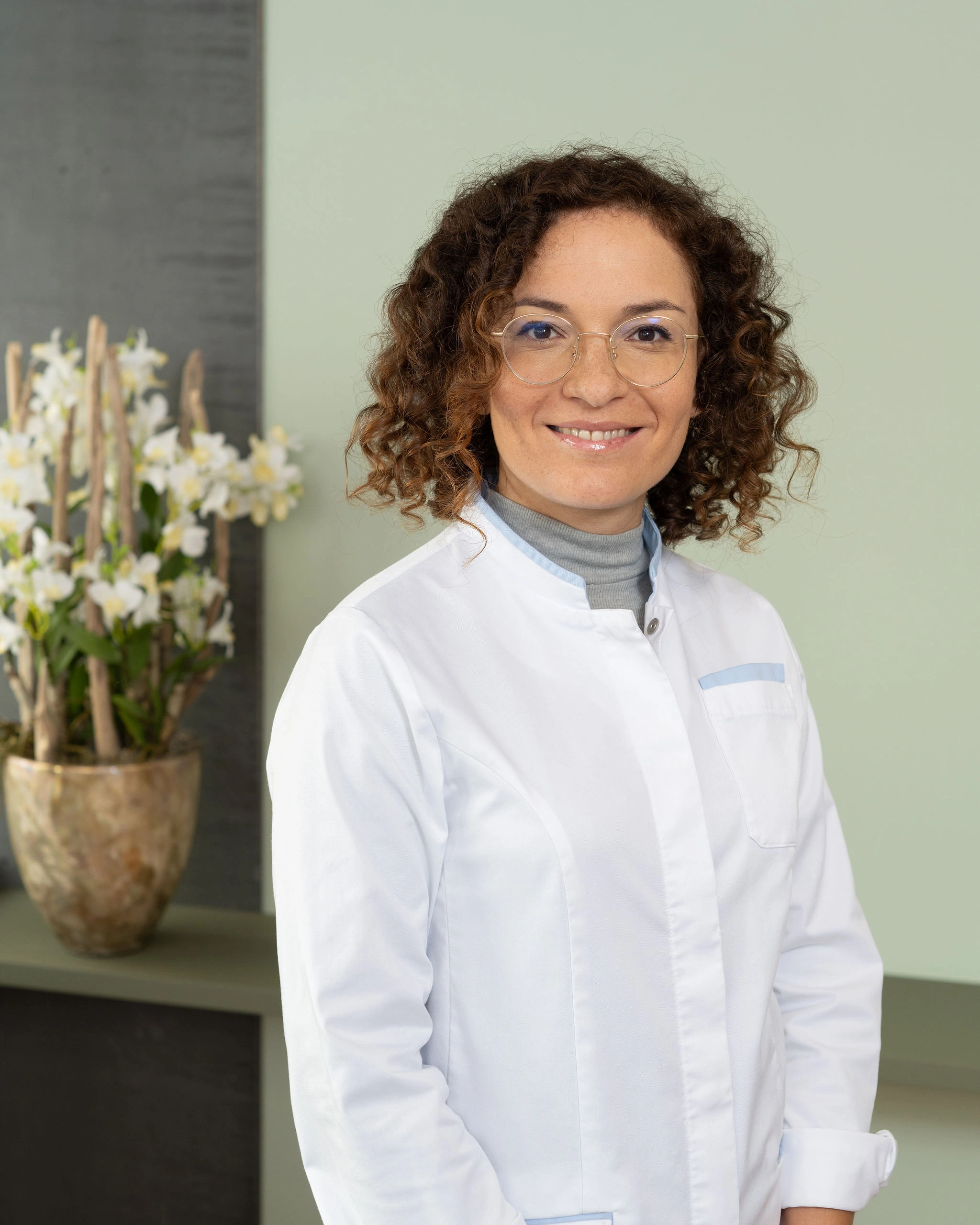Arrange your appointment at DKZ online.
Your route to healthy skin
1
Local anaesthetic
Local anaesthetic is used to numb the area to be operated on so that no pain is felt.
After the anaesthetic takes effect, the visible part of the cancer is surgically removed. The surgeon also removes any thin tissue under and around the cancer. A temporary dressing is placed over the area where the skin has been removed. This procedure takes just a few minutes.
2
Lab
The tissue is sent to the lab for analysis. During this time, you can wait for the results for around 1 hour in our seperate and discreet waiting area. Our team manage your care and well-being.
The sample is examined under the microscope in the lab. The edges are carefully examined for remnants of skin cancer. If a small cancerous area is found on one edge, this helps the surgeon decide where to continue with the procedure.
3
Second excision
If the labs determine that not all of the cancer cells have been removed, surgery is performed.
The surgeon removes an additional layer from the affected area and makes sure that any cancer-containing tissue is removed and as much healthy tissue as possible is retained.
4
Closure
As soon as all the cancer has been removed, the skin can be repaired again. Depending on the extent and location of the surgery, some wounds can be sutured immediately. If the skin cancer was more extensive, reconstruction techniques such as flap plasty can be used.
The specialist dermatology surgeons at the DKZ take special care to ensure that the operated area looks as unobtrusive and aesthetically beautiful as possible in the future.
We take your care and queries seriously. Speak to us.
How long will I be in the clinic?
Stay in the clinic lasts around 2 to 2 1/2 hours. After the operation, the area is covered with a bandage for approx. 2-3 days and the stitches are usually removed after 1 week.
If necessary, in order to achieve the best possible results, we also carry out laser treatment of the post-operative scars at the DKZ.
When can the best and most aesthetically pleasing results be achieved?
As a rule, if the skin cancer
- has a high risk of recurrence or has recurred after previous treatment;
- is located in areas of the body where as much healthy tissue as possible should be preserved. This includes areas around the eyes, ears, nose, mouth, hands, feet and genitals;
- Has edges that are difficult to define;
- is large or growing rapidly.
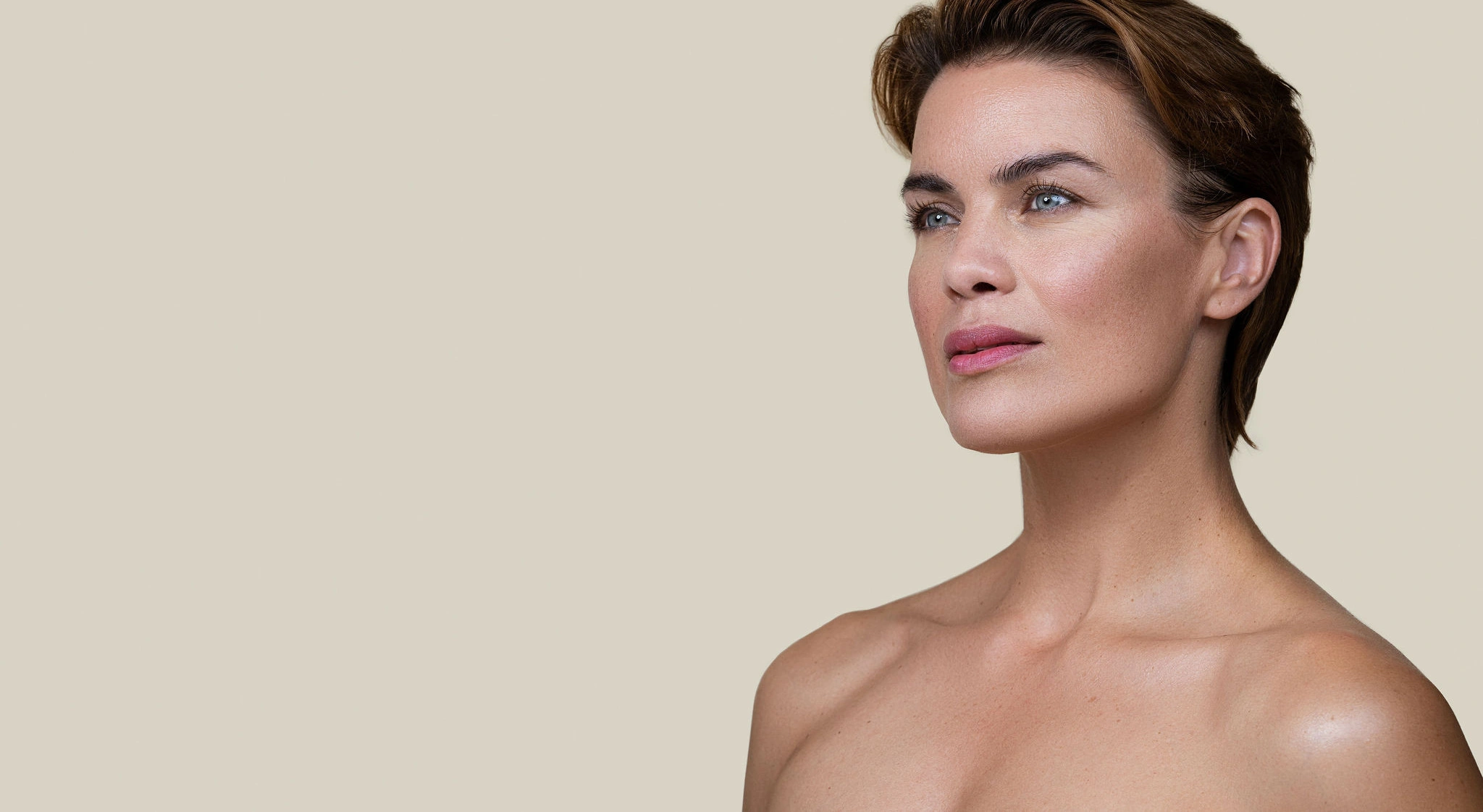 Here you will find detailed information on the most common skin diseases and our treatment methods.
Here you will find detailed information on the most common skin diseases and our treatment methods.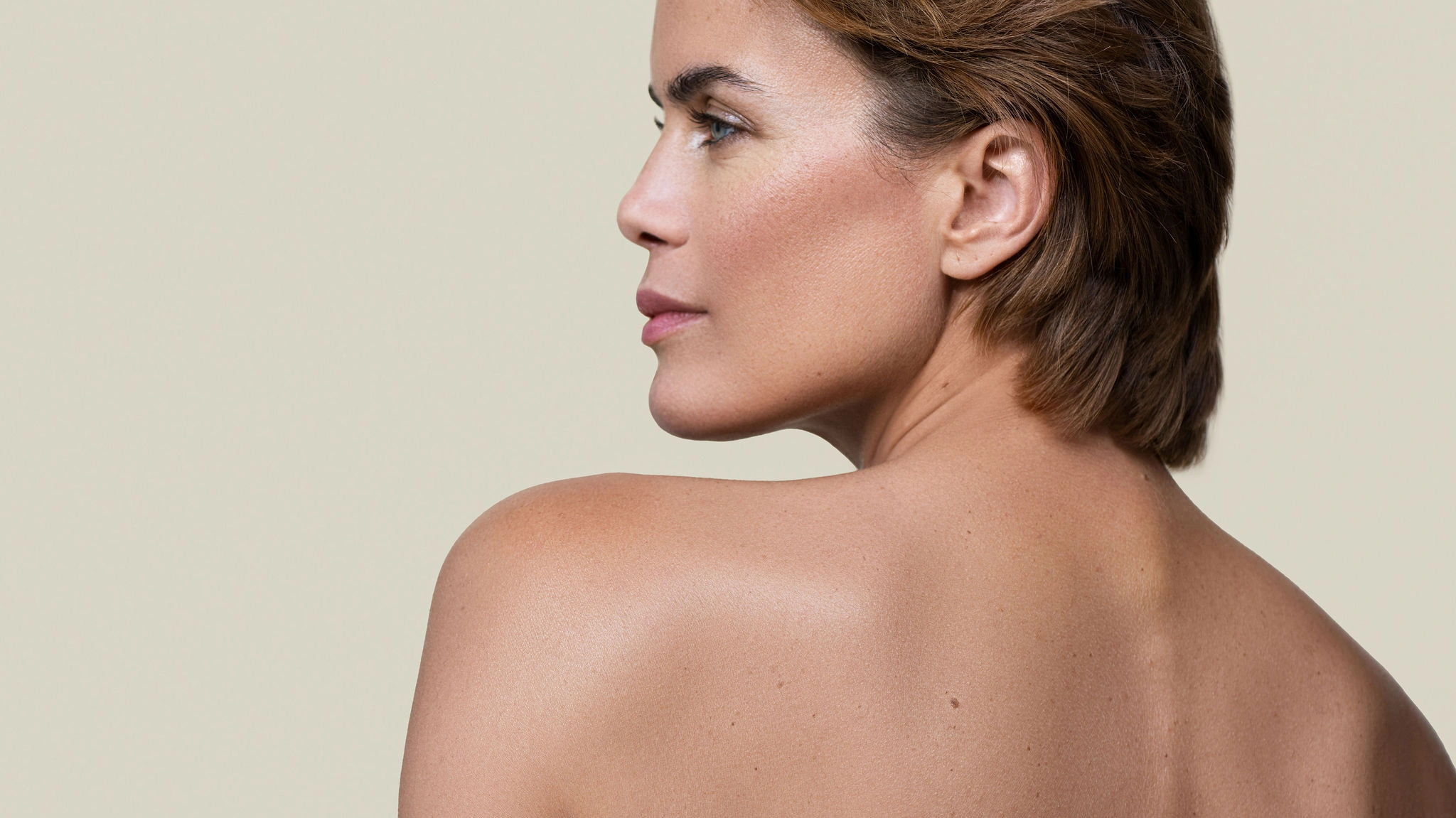 Everything from a single source - we recognise and remove precancerous lesions and black or white skin cancer directly in our clinic.
Everything from a single source - we recognise and remove precancerous lesions and black or white skin cancer directly in our clinic.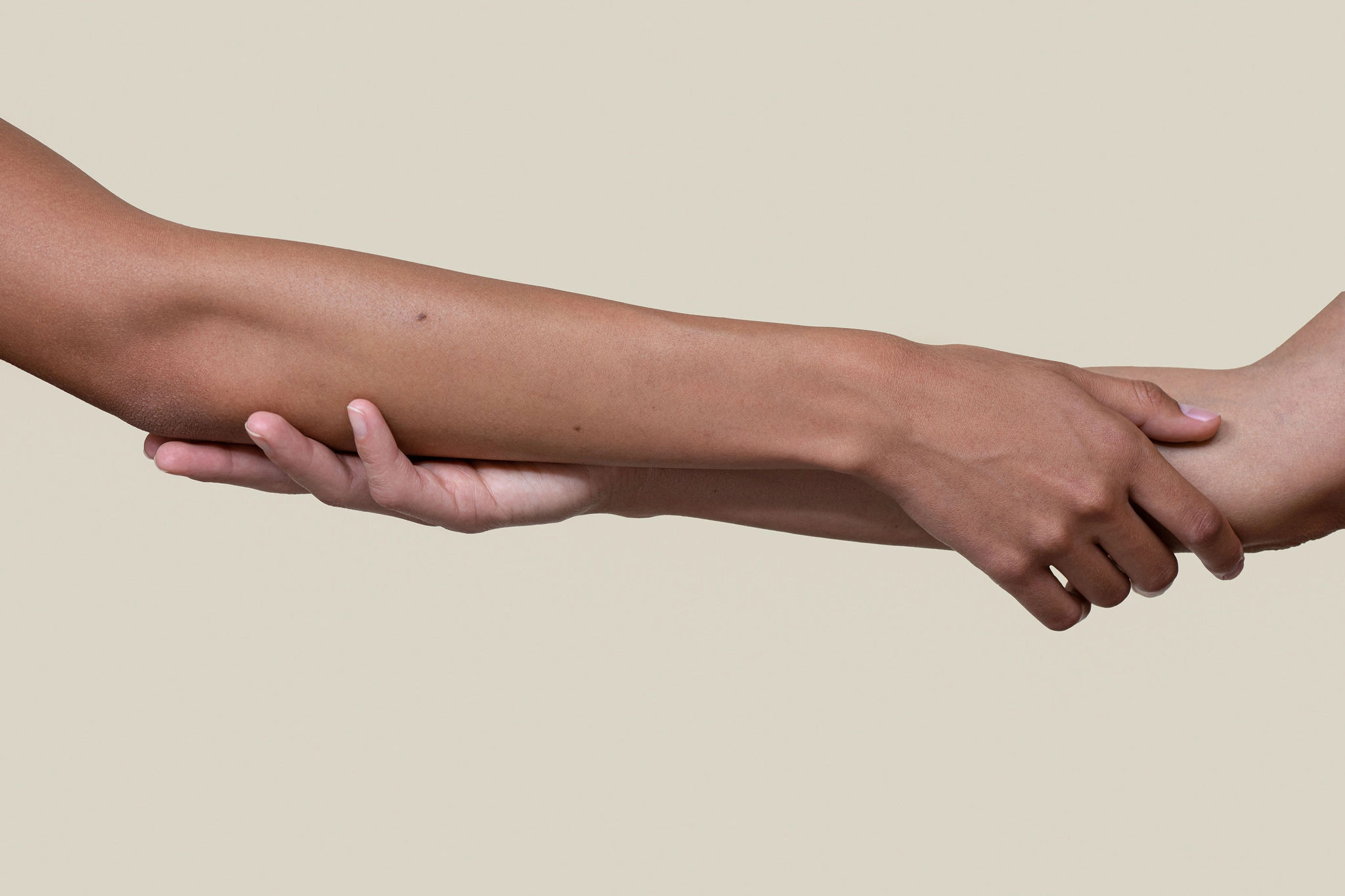 We test and treat your allergy.
We test and treat your allergy. 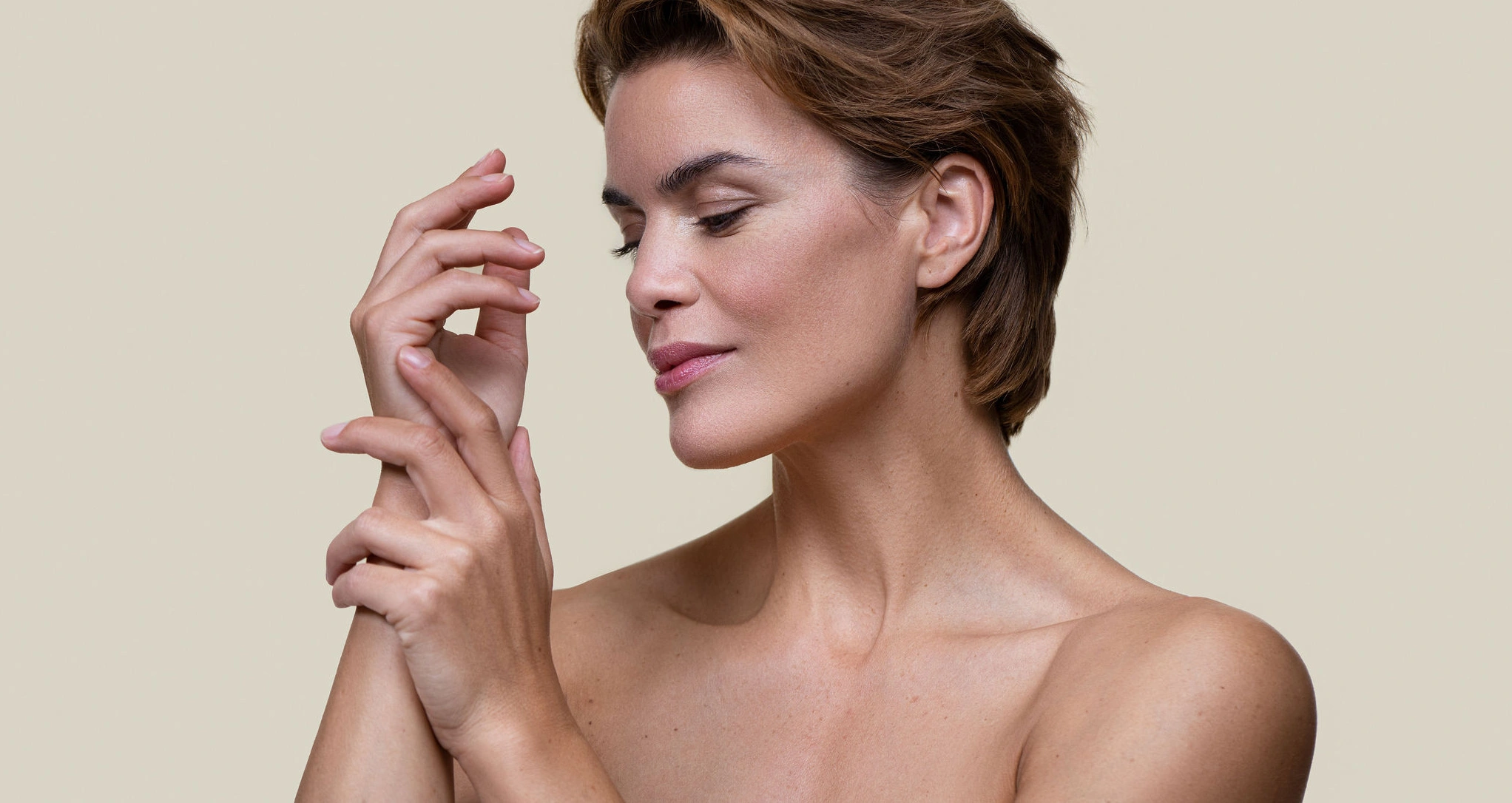 Mohs surgery is a surgical technique developed for the removal of skin cancer from delicate areas.
Mohs surgery is a surgical technique developed for the removal of skin cancer from delicate areas.  Dermatology Surgery is one of the main focuses of our clinic.
Dermatology Surgery is one of the main focuses of our clinic. We show you the capabilities of Aesthetic Medicine, Surgery & Medical Cosmetics.
We show you the capabilities of Aesthetic Medicine, Surgery & Medical Cosmetics.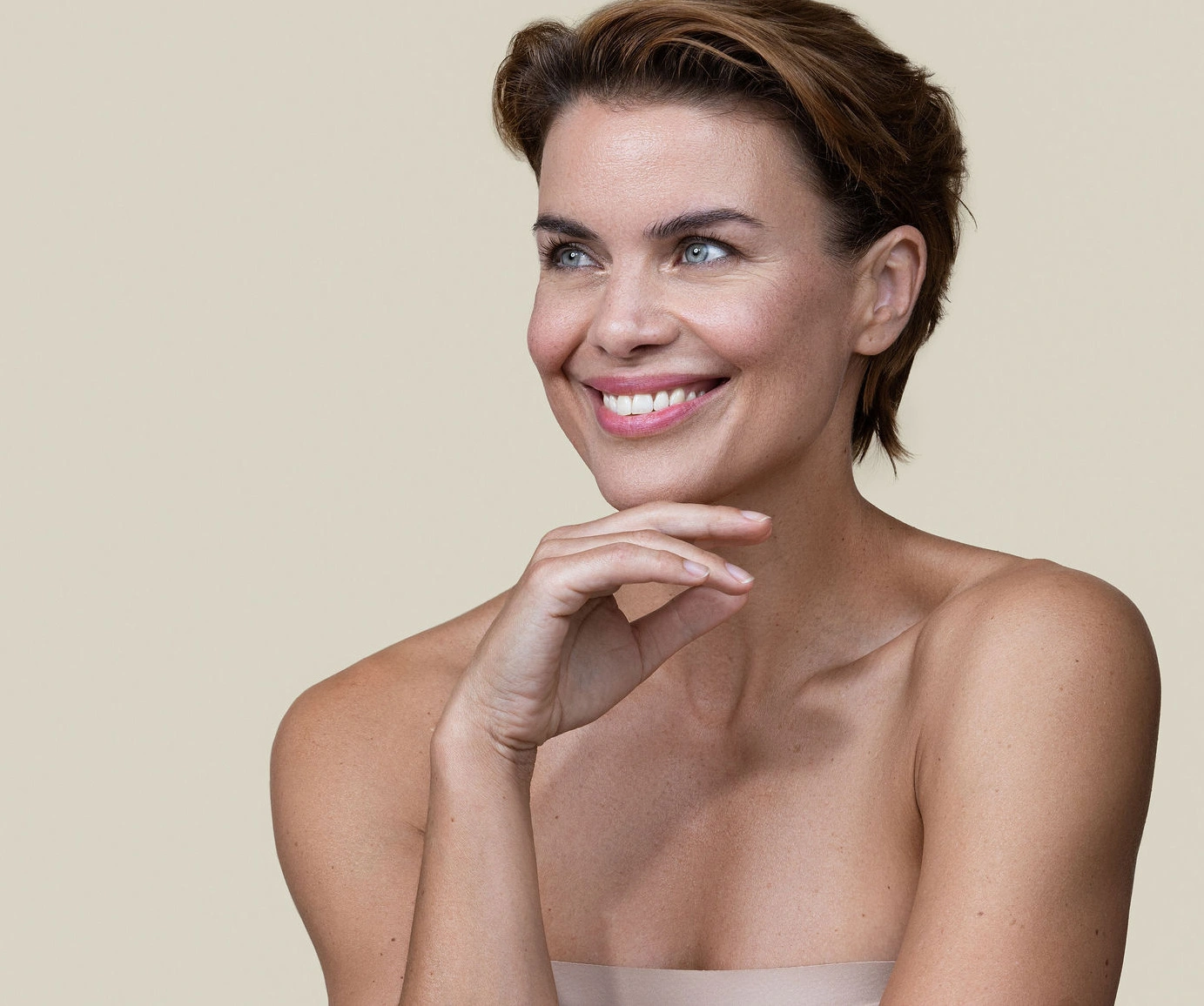 Our approach to all aesthetic treatments
Our approach to all aesthetic treatments Overview of all treatments from aesthetic medicine
Overview of all treatments from aesthetic medicine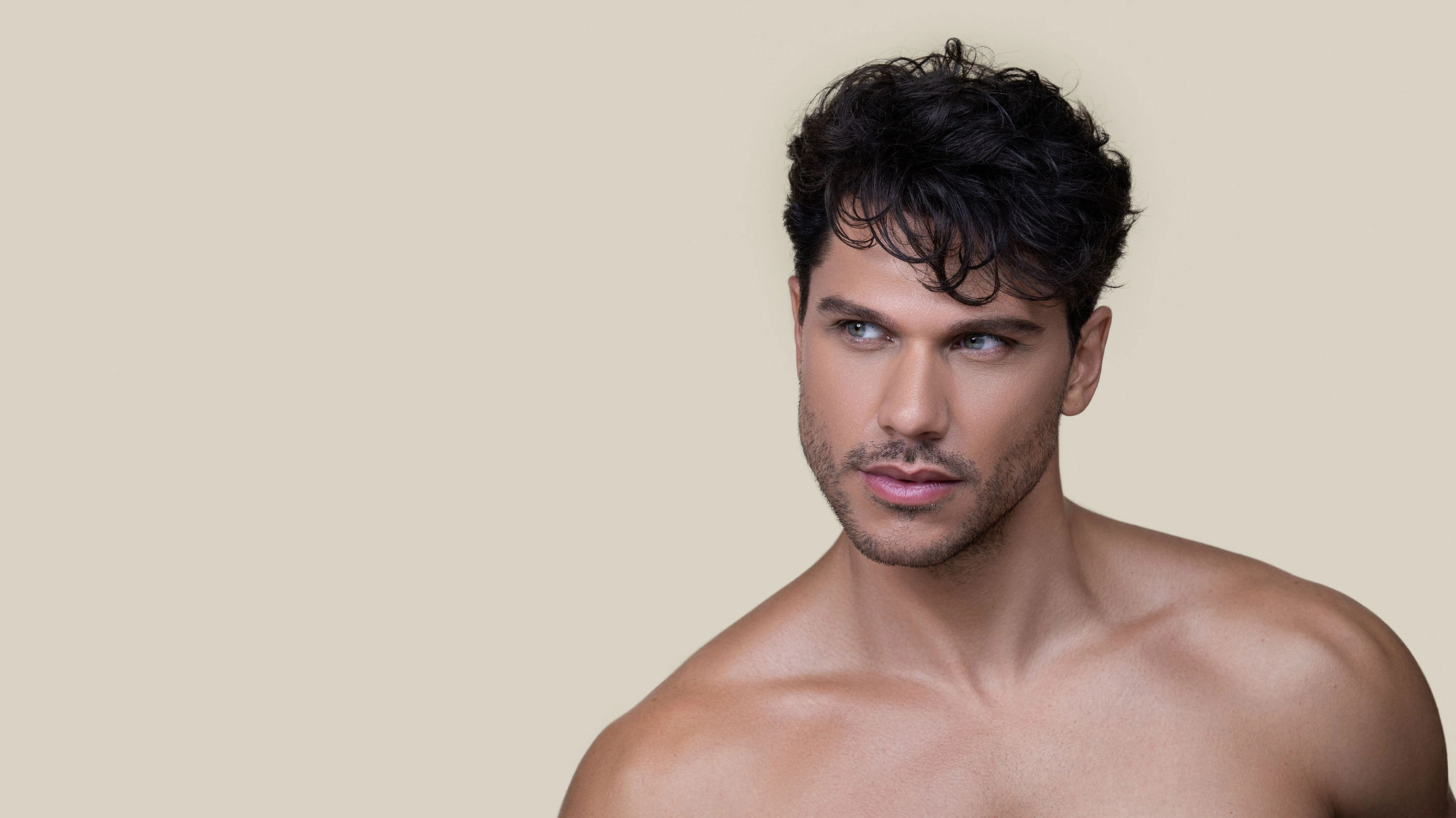 We remove wrinkles on the face
We remove wrinkles on the face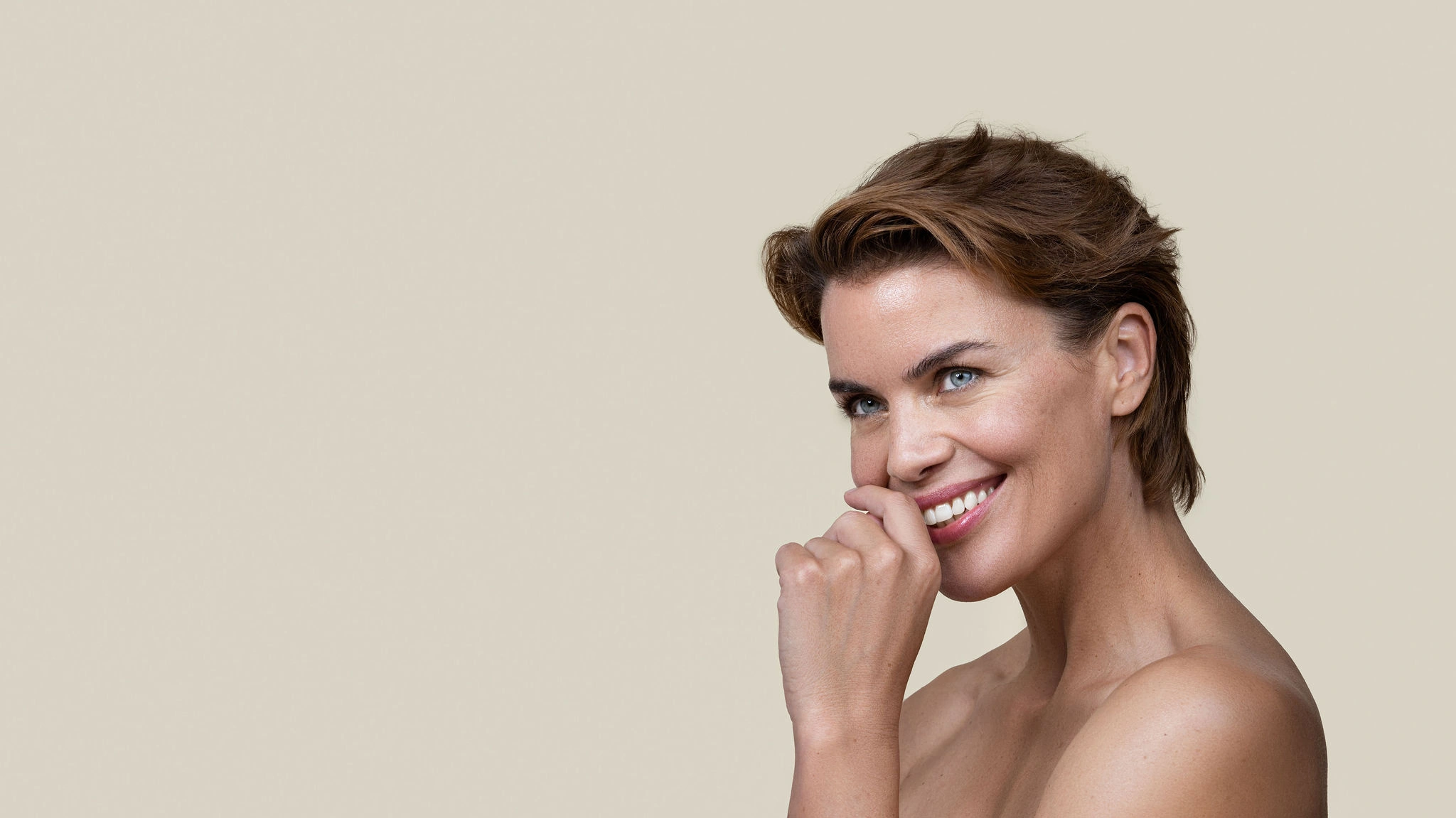 With liquid lifting, we give your facial features a fresh look.
With liquid lifting, we give your facial features a fresh look. A skin that radiates youth
A skin that radiates youth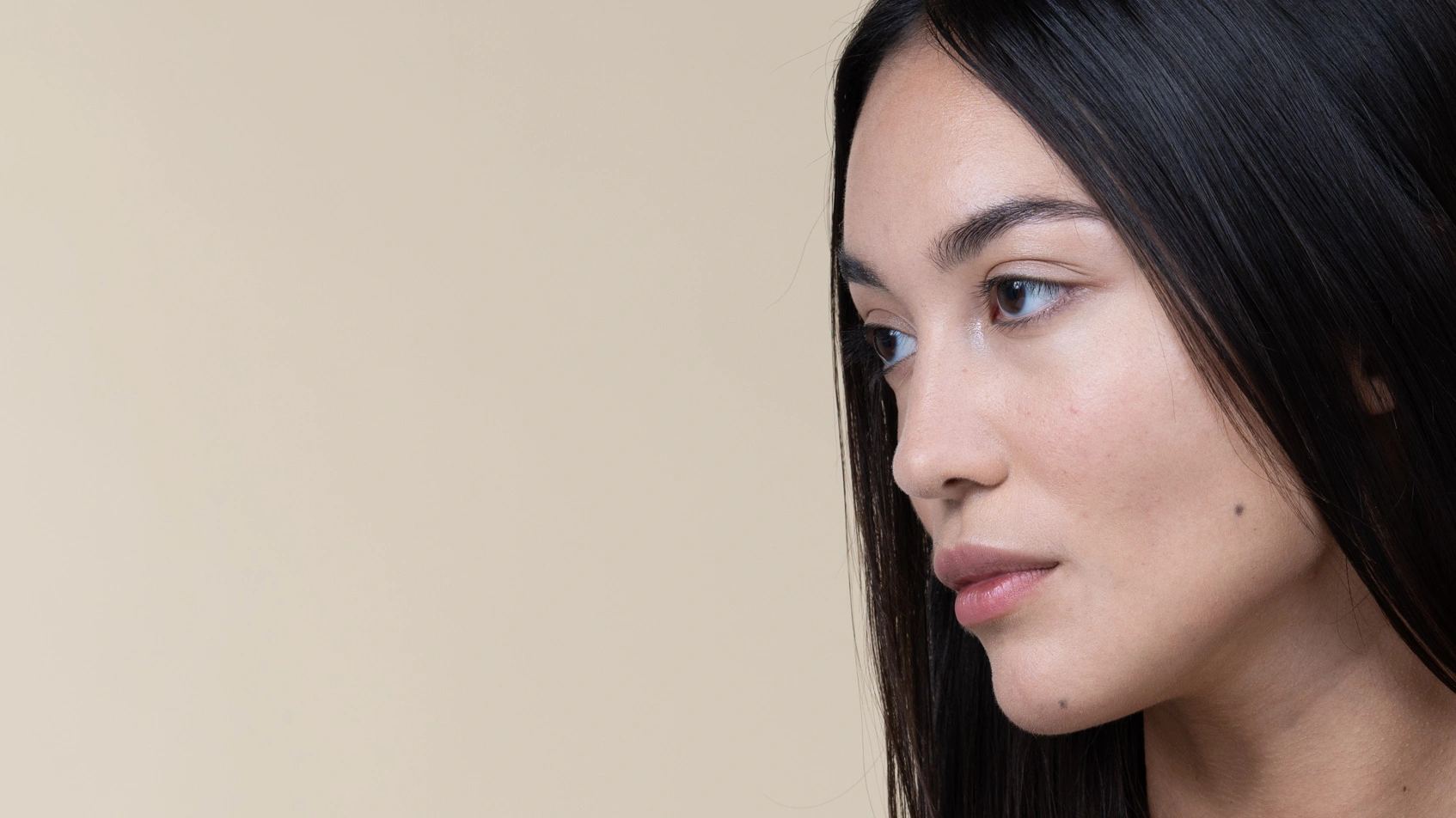 Clear contours and sensual volume
Clear contours and sensual volume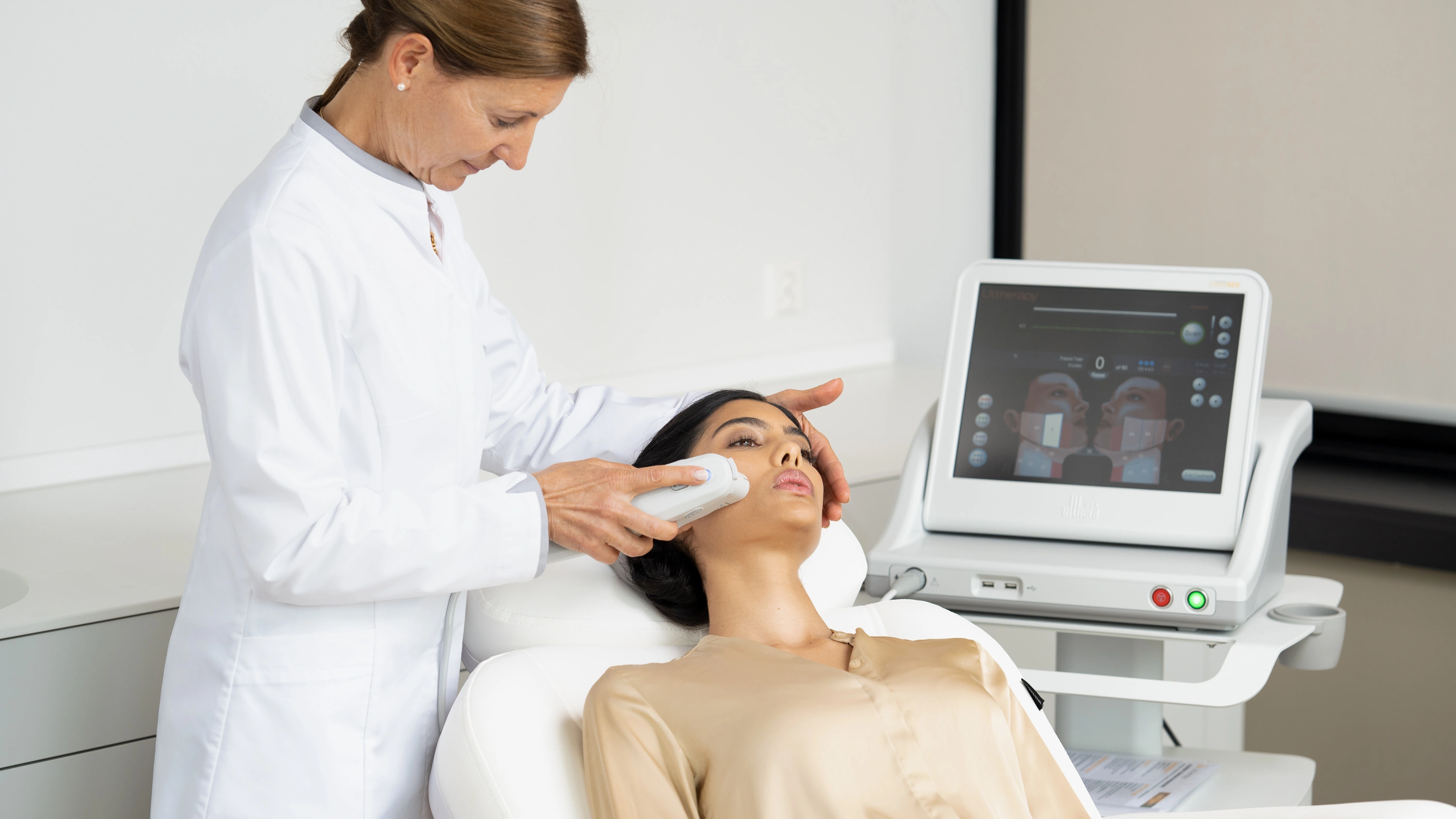 Ultrasound for a youthful complexion
Ultrasound for a youthful complexion A wide range of laser devices applied depending on the treatment
A wide range of laser devices applied depending on the treatment
 Tightening of the skin and optimization of facial contours
Tightening of the skin and optimization of facial contours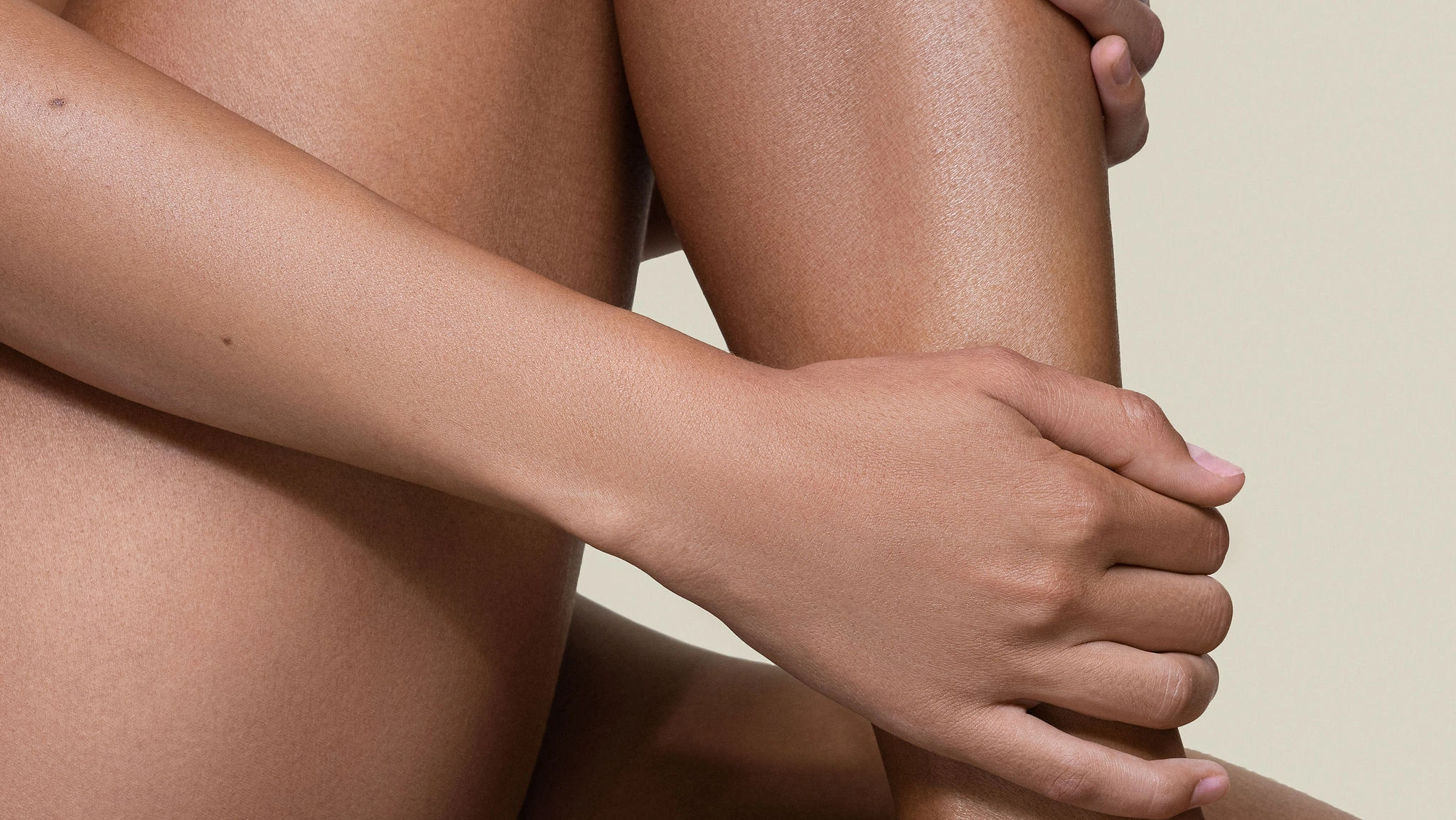 Sclerotherapy of spider veins
Sclerotherapy of spider veins Dissolution of disturbing fat deposits
Dissolution of disturbing fat deposits For revitalising the eye area
For revitalising the eye area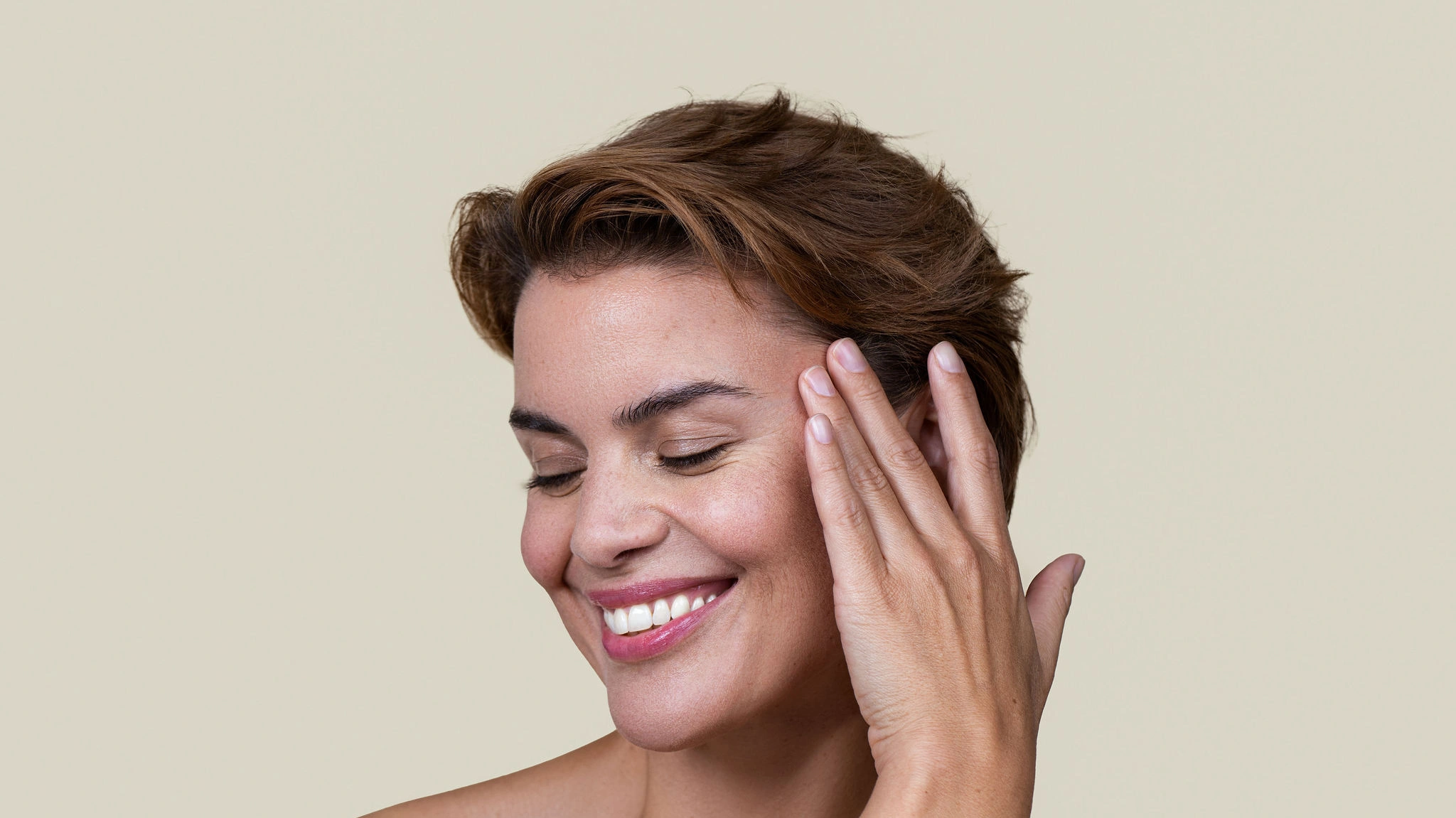 Overview of all treatments from aesthetic surgery
Overview of all treatments from aesthetic surgery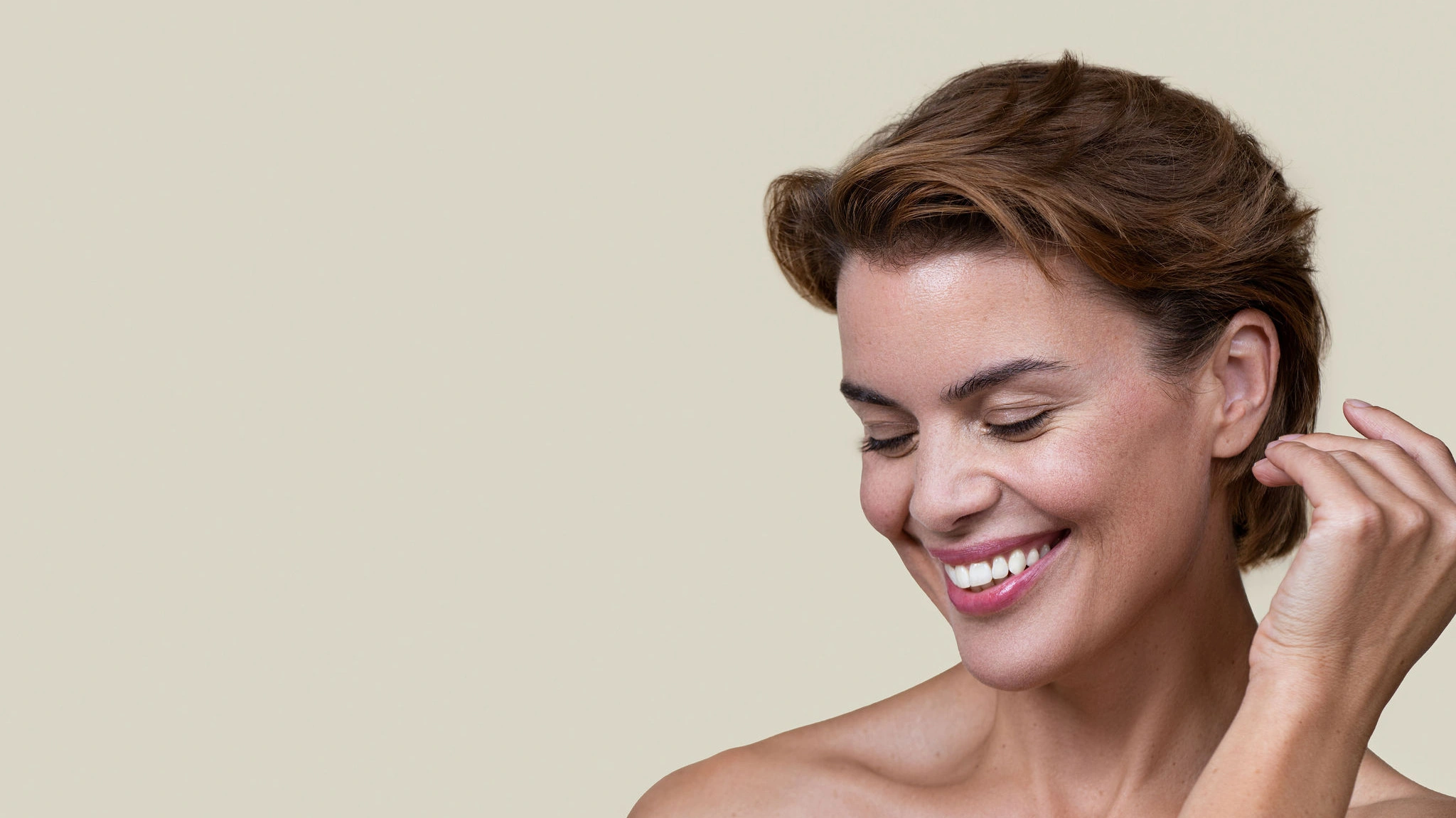
 Overview of all treatments from Skin Therapy & medical cosmetics
Overview of all treatments from Skin Therapy & medical cosmetics